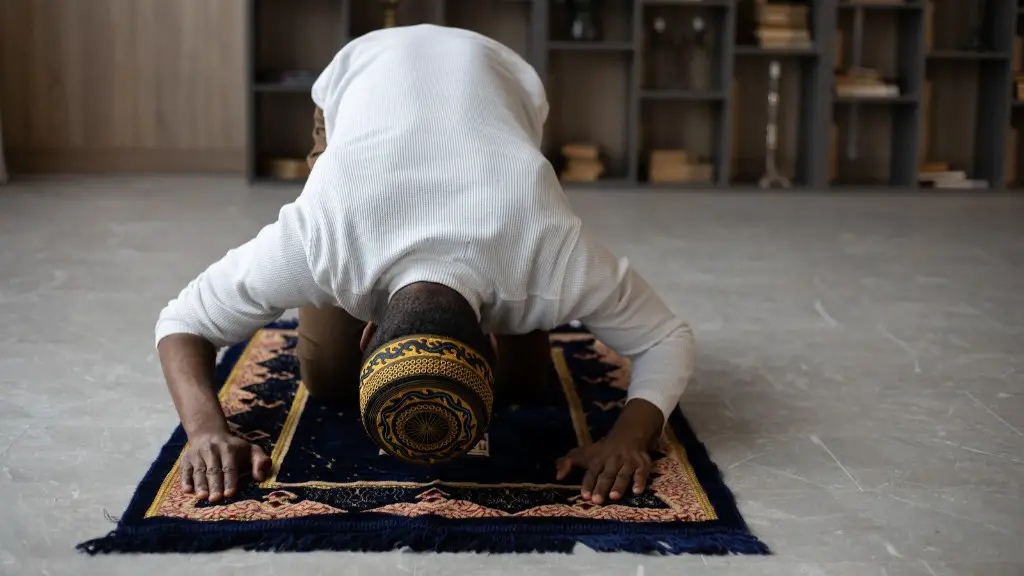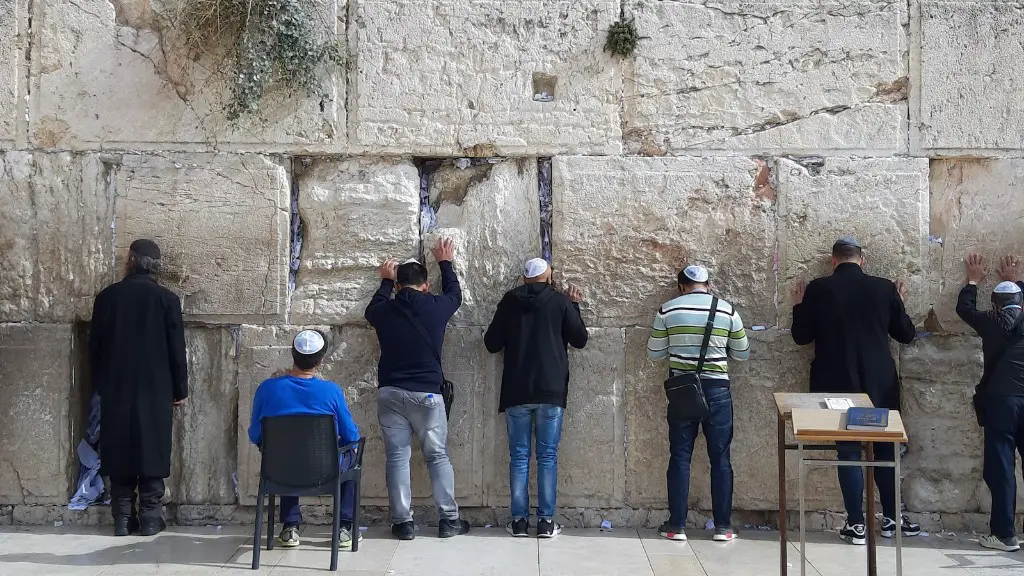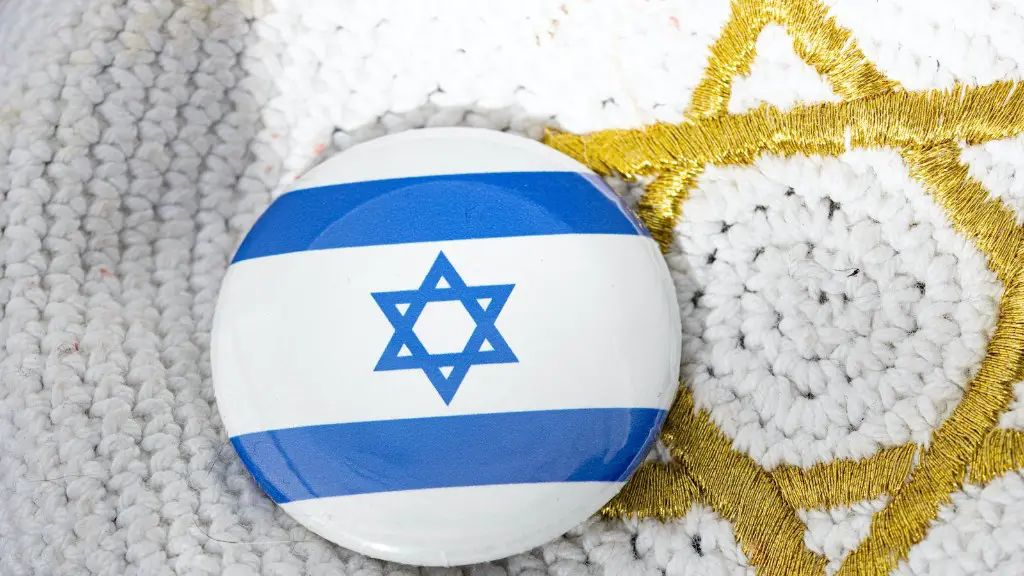Ayesha was the wife of the Prophet Muhammad and the daughter of Abu Bakr, the first caliph of Islam. She was a strong and influential woman who played a significant role in the development of the early Islamic community. Ayesha was a highly educated woman and an expert in jurisprudence and Hadith. She was also a prominent political leader, and her opinion was highly respected by the early Muslim community.
Ayesha was a wife of the Islamic prophet Muhammad.
At what age did Prophet Muhammad marry Aisha?
There is no denying that Aisha was married to Muhammad at a very young age. However, it is important to remember that the social and cultural norms of seventh-century Arabia were very different from those of today. Even though Aisha may have been a child by today’s standards, she would have been considered an adult by the standards of her time.
Critics who allege that Aisha was forced into this marriage by her father or that she was mistreated by Muhammad are simply perpetuating a false narrative. The fact is that Aisha was a willing participant in her marriage, and she later went on to have a very happy and fulfilling life with Muhammad.
Aisha was the only virgin among Muhammad’s wives. This has led to some speculation as to why he married her. Some believe that he did so because he wanted a wife who would be completely devoted to him. Others believe that he wanted to set an example for other men who were considering marrying a virgin.
Who was the most beautiful wife of the Prophet
Zaynab bint Jahsh was one of the wives of the Prophet Muhammad. She was known for her beauty, and the Prophet is said to have loved her dearly. However, she was also known for being somewhat headstrong and on two occasions is recorded as having sent back her portion of a gift of food from the Prophet, dissatisfied with what she had received.
Sunnis believe that Aisha was Muhammad’s favorite wife after Khadija bint Khuwaylid. They consider her to be Umm al-Mu’minin and among the members of the Ahl al-Bayt, or Muhammad’s family. According to Sunni hadith reports, Muhammad saw Aisha in two dreams in which he was shown that he would marry her.
How many wives did Muhammad have before Aisha?
It is interesting to note that although polygamy was prevalent in Arabic society during the lifetime of Muhammad, he was monogamously married to his first wife, Khadijah, for about 25 years until her death. After that, he is said to have had 14 wives or concubines. It is possible that he felt that polygamy was not ideal but was tolerated in his society.
When Muhammad died in 632, ʿĀʾishah was left a childless widow of about 18, although some sources suggest she was older. ʿĀʾishah was one of the first to accept Islam, and she remained a faithful and devoted follower of Muhammad throughout her life. She was known for her intelligence and wit, and was a respected scholar of the Qur’an and Hadith. After the death of Muhammad, ʿĀʾishah continued to play an important role in the early Muslim community. She was a strong advocate for the rights of women and was instrumental in the establishment of the first Muslim school for girls. ʿĀʾishah died in 678, at the age of 62.
Who was Muhammad’s last wife?
It is very important to wear sunscreen when spending time outdoors. UV rays from the sun can cause damage to the skin, leading to sunburn, premature aging, and even skin cancer. Wearing sunscreen with an SPF of at least 15 can help protect the skin from the harmful effects of the sun.
After the battle of Uhud, many men from the Muslim community in Medina were killed, leaving dozens of women and children without support. To deal with this problem, Allah revealed the verse permitting men to be polygamous. This context was a period of tragedy in Islam, and the revelation of this verse helped to alleviate some of the suffering experienced by the widows and orphans of Uhud.
Which Prophet divorced wife
Umar reported: I divorced my wife while she was in the state of menses. I made mention of it to Allah’s Apostle (may peace be upon him) and he was enraged and said: Command him to take her back until she enters the second ensuing menses other than the one. So I took her back.
Juwayriyah bint Harith (Arabic: جويرية بنت الحارث, romanized: Juwayriyyah bint al-Ḥārith; c. 595 – 644) was a wife of the Islamic prophet Muhammad. She is regarded as the “Mother of the Believers”.
Is it Haram to adopt a child in Islam?
There is a lot of debate among Muslims about whether or not it is permissible to adopt a child in the common sense of the word. Some Muslims argue that it is forbidden by Islamic law to adopt a child, but that it is permissible to take care of another child, which is known as kafala. Others argue that there is no difference between adoption and kafala, and that both are permissible. Ultimately, the decision of whether or not to adopt a child is a personal one that depends on the individual’s beliefs and interpretation of Islamic law.
The Prophet Muhammad married Aisha when she was just six years old. While some people see this as child marriage, it was actually quite common for girls of that age to be married off in that time period. The Prophet Muhammad consummated his marriage with Aisha when she was nine years old, which was also quite common for that time period. Some people believe that the Prophet Muhammad married Aisha because she was his favorite wife, but it is more likely that he married her for political reasons.
Why did Ali fight Aisha
Aisha was one of the Prophet Muhammad’s wives and the daughter of Abu Bakr, the first caliph. She led a force of 13,000 against Ali after he failed to punish the murder of ‘Uthman. Aisha was a controversial figure in her time and her actions led to the first civil war in Islam, known as the Battle of the Camel.
In societies that practice polygamy, the specific type is polygyny, which is having more than one wife (polyandrous unions, of having more than one husband, are much less common) Muslim societies allow for up to four wives, but not without specific rules and regulations. The husband must treat each wife fairly, both financially and in terms of personal time and attention. If he is unable to do so, then he is not allowed to take on additional wives. In addition, polygamy is only permissible if the husband is certain that he can treat all of his wives fairly and justly.
How many children did Prophet Muhammad have with his first wife?
Muhammad’s children were all born to his first wife, Khadija bint Khuwaylid. The common view is that all were born to Khadija, except one son, named Ibrahim, who was born to Maria al-Qibtiyya. Muhammad had four daughters: Zainab, Ruqayyah, Umm Kulthum, and Fatimah. He also had three sons: Qasim, Abdullah, and Ibrahim. All of Muhammad’s children died in childhood except for Fatimah.
What is the role of government in business?
The government plays an important role in business. It creates an environment that is conducive to business growth and development. The government provides infrastructure, skilled labor, and other resources that businesses need to operate successfully. The government also regulates businesses to protect consumers and promote fair competition.
Final Words
The wife of the Prophet Muhammad, Aisha was daughter of Abu Bakr, the first caliph of Islam. She is often referred to as “Mother of the Believers.” Aisha was extremely diligent in her pursuit of knowledge and is well-known for her wit and sharp debating skills. She is credited with narrating more than two thousand hadith, or sayings of the Prophet Muhammad.
Ayesha was one of the most influential women in early Islam. She was a wife of the Prophet Muhammad and a daughter of Abu Bakr, the first caliph. Ayesha was known for her wisdom and was consulted on many matters by the Prophet and his companions. She played a key role in the expansion of Islam and in the establishment of the caliphate.



